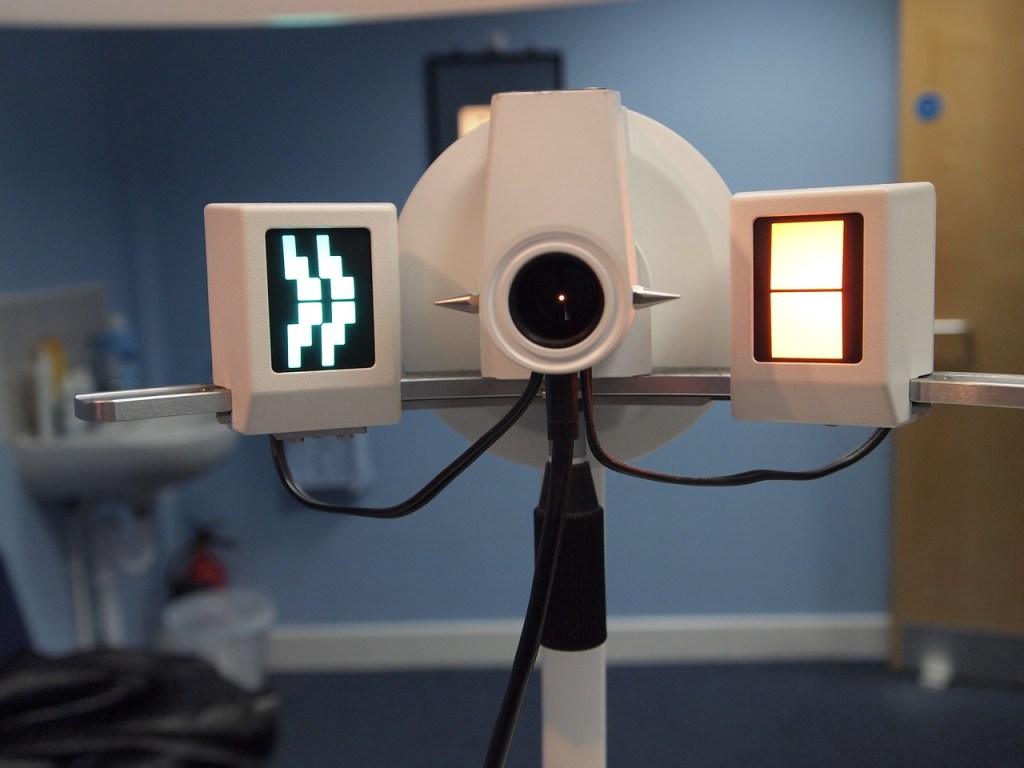How to get traction with medical device marketing
Medical device manufacturers face a unique and challenging product development life cycle – completed products must be fully tested and approved long before the device can be made available for sale.
At the same time, the demand for more and more effective medical devices is increasing. The needs of Baby Boomers and the looming needs of Gen X are driving device manufacturers into a highly competitive market – one that requires these companies find ways to catch the attention of their intended market while making their products stand head and shoulders above similar medical devices.
Complicating the equation even further, medical device marketing requires balancing the attraction of their target audience with regulatory compliance. The result? Marketing medical devices requires using the most effective strategies to gain the right attention, at the right time.
It’s critical that medical device manufacturers use modern marketing tools while leveraging traditional best practices. If you’re looking to prepare your go-to-market for your medical device, or improve the marketing of a device that’s already on the market, there are six proven marketing strategies you should keep in mind.
Are you looking to raise awareness for your medical device?
1. Understand your audience
Understanding your audience is the cornerstone of effective marketing. But it’s a step that is frequently minimized or overlooked by companies in a rush to get in front of their audience. Identifying that audience and building personas may seem remedial, but they are so important that it’s worth being reminded of their value.
The good news for those looking to market their medical device is that much of the information you need to build personas already exists within the organization. Market research should have identified who you’ll be selling to, whether that is doctor or patient, hospital or private practice, and so on, as well as the pain points that your market is looking to solve. Use this information to identify the most critical person your marketing should be aimed at.
But don’t stop there. You may think that a doctor or specialist is the most important person for you to key your message to, and you’re likely correct. Going beyond that primary profile, though, can point to secondary audiences with influence on the main decision-maker. Building buyer profiles for nurse practitioners, office admins, or hospital procurement managers may allow you to reach others with a voice in the buying process, from research to purchase.
2. Understand the problem
Knowing the audience alone isn’t enough for your medical device marketing to stand out. Your messaging needs to be able to speak to your intended audience, but it must also show an understanding of the challenges they are facing and clearly describe how those felt needs are addressed with your device.
For instance, doctors may have an existing device to help treat a condition, but the usage of that device frequently results in complications for the patient – something that causes some patients to refuse necessary treatment, and still others to consider malpractice suits despite having been informed of the risks. Both of these are pain points for your target customer. If your device reduces or eliminates those risks, it’s important that your marketing informs potential buyers of the differentiators that mitigate those risks and make their lives easier.
3. Build your go-to-market strategy to meet the customer along the buyer’s journey
Medical device purchases are not like buying a gallon of milk. The purchase of a device requires a great deal of consideration and research, and that process doesn’t happen overnight.
Because the buyer’s journey is extended for medical devices, it’s important to have information and marketing materials ready to meet the audience at each step of the decision process. The steps of the buyer’s journey typically consist of:
Awareness: Your audience becomes aware of your device’s existence through internet searches or ads. This phase of the journey includes tactics like press releases, radio and TV, online ads, and search engine optimization.
Consideration: The audience understands the problem they are facing, and knows that you have a device that may help. In the consideration phase, customers look for information that will aid them in understanding the product’s effectiveness and clinical results. Content like social ads, email marketing, marketing automation, and blogs are part of the consideration phase.
Purchase: In the purchase or decision stage, the buyer has done their research and is ready to make a decision on the product that will best meet their needs. Product comparisons, ROI analysis, and device guides help the audience make the decision to buy. Testimonials and case studies are powerful assets that back your product’s claims with real-world results. Online sample or demo requests, contact centers, and e-commerce functionality promote self-service purchases.
Ensuring that you can answer a buyer’s questions at each step of the journey will paint a complete picture of the value of your device. The intent is to answer questions before the buyer asks while walking through the competitive advantages of your product versus other options. When done effectively, this full journey approach to your marketing asset plan will lead your audience from one decision stepping stone to the next, impressing upon the customer the value and meaning of the outcomes for both doctors and patients.
Journey mapping isn’t always a competency for a medical company’s internal team. If you decide to engage a partner to help you with assets along the buyer’s journey or with strategy, it’s essential that you find one that understands the intricacies of medical device and healthcare marketing.
4. Message around the value to the customer
It’s tempting to market your medical device based on the outcomes for patients, and certainly, positive patient outcomes are an important part of a medical professional’s consideration criteria.
However, unless you are selling directly to the patient, your marketing materials should be geared for your buyer – the medical professional making the purchase decision. Benefits for the patient should be framed from the perspective of the medical professional.
Further, your message should not be simplified for patients if medical professionals are the ones that will be making the buying decisions. It should speak the professional’s language.
This is another area where having fleshed-out personas is invaluable to the process. Personas will tell you what is important to the buyer, allowing marketing teams to focus on that messaging.
Because you’re so close to the subject, it can be challenging to view the device from the perspective of the buyer and their felt need. It’s frequently helpful to have an outside expert help you define the personas, their needs, the product’s content lexicon, and the style guide.
5. The web is a crucial tool
According to a Google study, 89% of B2B buyers research solutions on the internet and without first interacting with a sales team. If the company’s marketing toolset lacks a clear and informative website, medical device manufacturers are missing a significant portion of their potential audience.
Merely having a web presence isn’t enough, however. Potential buyers need to see that you have the information that they need, readily available. You can expect that a motivated buyer will return to your site over and over as they move through the buyer’s journey.
Lastly, as Google points out in that same study, B2B buyers don’t start by looking for a product name. Websites should be optimized for generic terms that draw users in, and then provide them with the data needed to make a purchase decision.
This search engine optimization process for your website should include research into the most effective keywords for your niche. This could lead to re-writing some of your pages for better organic ranking on important search terms. Don’t forget to look at and evaluate the search terms used currently to find your site. The words your audience already uses to find you can be a window into the buyer’s mindset.
6. Build trust with consistency
Few industries rely on trust as much as the healthcare industry. Your audience must believe your statements and research, and developing trust with them is paramount to effectively marketing your medical device.
One of the quickest ways to destroy that trust is to be inconsistent in your brand’s presentation. This goes beyond ensuring that your copy aligns with your research results (although that is also important). It also means that all of your marketing properties – offline, events, and online – should have a consistent voice, and look and feel.
Consistency in marketing materials builds trust with buyers by making it clear that the brand knows who the audience is as well as what the company is selling. It prevents confusion and sets the organization up as polished and professional.
Yet, despite its importance, a survey of brands uncovered that only 25% of those queried had formal brand guidelines that are enforced. Simply sticking to your branding and making sure everyone else does could put you ahead of up to 75% of your competition.
That doesn’t mean the marketing for every device, every channel, or every event needs to be identical. Instead, materials should look like “siblings” – close enough to be recognizable as related while still unique enough to let the point of the campaign or marketing piece shine through on its own.
In-house marketing vs working with a med device marketing agency
Because of the need to present complex and critical data to a highly educated audience, medical device marketing can be challenging. Applying marketing best practices to your messaging, strategy, and presentation will ensure your products are elevated above the noise and send a clear signal on the benefits of your device.
One area that is often discussed is when to handle the marketing efforts in-house vs working with an outside digital agency specialized in medical device marketing. Many companies find a healthy balance of the two to be the most effective. Understanding your product, who uses it, and why is going to be most in your wheelhouse, however, a strong digital agency partner can help you apply that knowledge to strategy and then execute on that strategy. This includes website development projects, landing page creation, content development, search engine optimization, paid media, and much more.









